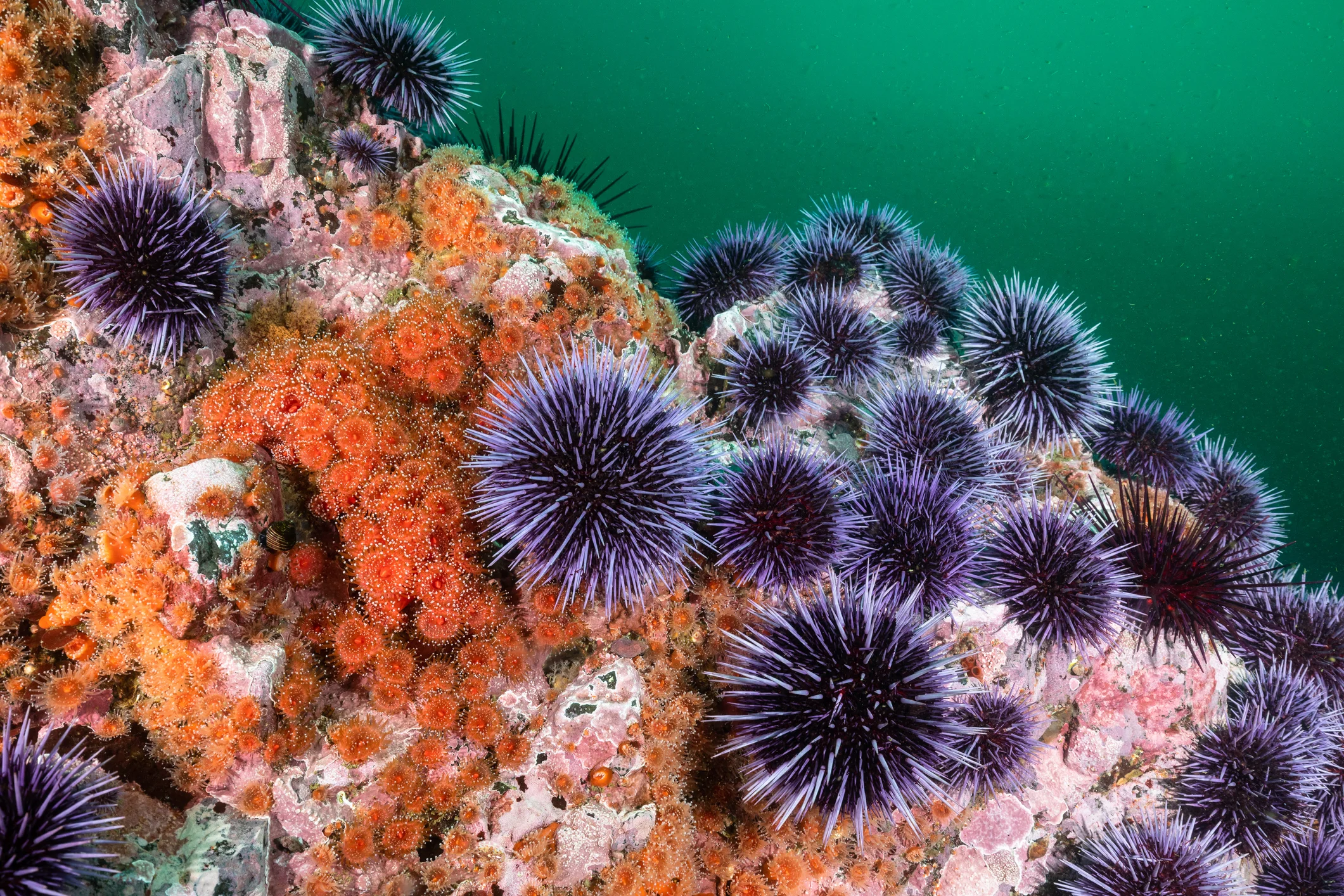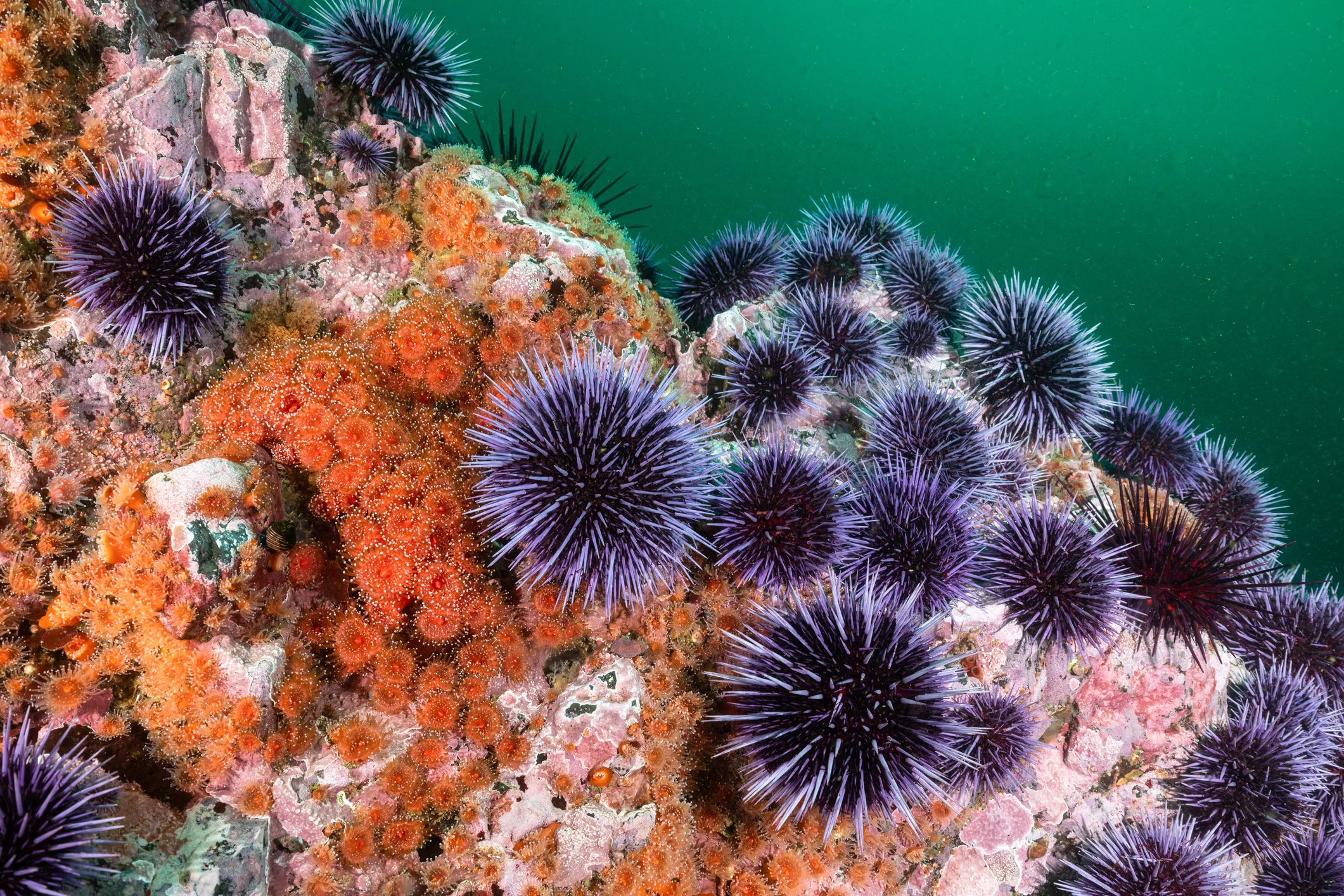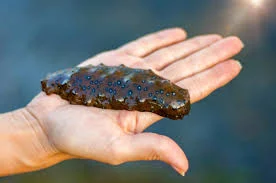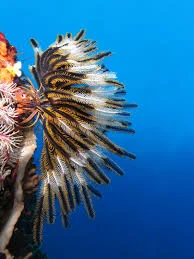Phylum Echinodermata
1/29
There's no tags or description
Looks like no tags are added yet.
Name | Mastery | Learn | Test | Matching | Spaced |
|---|
No study sessions yet.
30 Terms
tube feet
arise out the ambulacral grooves on the oral side of the sea star. allows for locomotion, attachment, and grabbing
aboral
the surface opposite the mouth
water vascular system
a network of water-filled canals that relies on water pressure to operate the sea star’s tube feet
ossicles
these calcium carbonate plates compose the endoskeleton of the sea star
coelomic
the fluid that bathes the sea star’s internal organs and transports nutrients to all parts of its body (because sea stars have no blood).
evisceration
sea cucumbers expel their sticky and toxic guts through their anus to defend themselves
echinoderm
spiny skinned animals
radial
part of the water vascular system that arises from the ring canal and extends down each arm
ampullae
each of the muscular bulb-like sacs that squeeze water into the tube feet
pedicellaria
minute pincer-like organs on the aboral surface of sea stars that help keep the body surface clean and capture tiny food particles
pentamerous
symmetry based on five parts
ring
the canal that encircles the inside of the central disk and is part of the water vascular system
madreporite
a porous plate that allows water into the water vascular system of the sea star
fission
sea stars can asexually reproduce, if necessary, by separating their central disk into two pieces and regenerating the new parts
bilateral
type of symmetry only shown by the larval form of an echinoderm before it metamorphosizes into adult form
ambulacral grooves
each of the channels on the oral surface of a sea star through which tube feet protrude
aristotle’s lantern
the set of jaws and associated muscles used by sea urchins to bite off food
spawning, external
sea stars can sexually reproduce by _____, and fertilization is _________.
brittle star
having long, slender, flexible arms and a distinct central disc

sea urchin
long, moveable spines and round, rigid endoskeleton
sand dollar
a sea urchin that is flat instead and contain tube feet on the oral side

sea urchin
class echinoidea
brittle star
class ophiuroidea

sea cucumber
class holothuroidea
“true stars”
class asteroidea

sea lilies (and feather stars)
class crinoidea
connects the madreporite to the ring canal
stone canal
canal that extends down each arm
radial
symmetry of larval form of sea star
bilateral
pyloric caeca
digestive gland